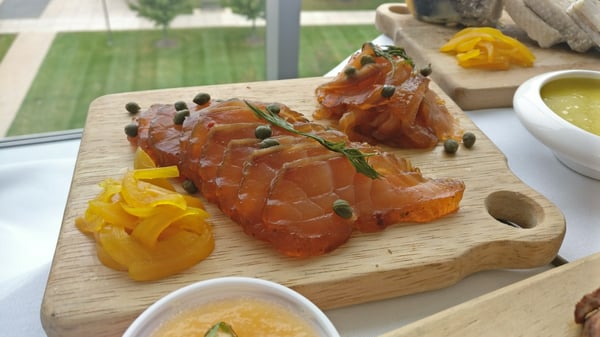Have you ever wondered how people in different parts of Asia enjoy raw fish in their cuisines? Raw fish is not only delicious and nutritious, but also has a long and rich history that reflects the diversity and creativity of Asian cultures. In this blog post, I will share with you some of the most popular and exquisite raw fish dishes from around the world, as well as some tips and tricks on how to prepare them at home. Whether you are a fan of sushi, ceviche, or crudo, you will find something new and exciting to try in this post.
Sushi
Sushi is one of the most famous and beloved raw fish dishes in the world. It originated in Japan, where people have been eating raw fish with rice and vinegar since at least the 8th century. Sushi comes in many varieties, such as nigiri (sliced raw fish on top of rice), maki (rolled sushi with seaweed), and sashimi (sliced raw fish without rice). Some of the most common fish used for sushi are tuna, salmon, eel, shrimp, and octopus. Sushi is usually served with soy sauce, wasabi (a spicy green paste), and ginger (a sweet and tangy root).
I have loved sushi since I was a kid. My father used to take me to a small sushi bar near our house every weekend, where we would sit at the counter and watch the chef skillfully slice and shape the fish and rice. He would always give me a piece of his favorite sushi, which was hamachi (yellowtail). Hamachi has a buttery and rich flavor that melts in your mouth. It is one of my favorite fish to use for sushi as well.
If you want to make sushi at home, you will need some special equipment and ingredients. You will need a bamboo mat to roll the sushi, a sharp knife to cut the fish and the rolls, a rice cooker to cook the rice, and a wooden bowl to mix the rice with vinegar. You will also need sushi rice (a short-grained variety that is sticky and glossy), rice vinegar, sugar, salt, nori (dried seaweed sheets), and of course, fresh fish or seafood. You can buy these ingredients at most Asian grocery stores or online.
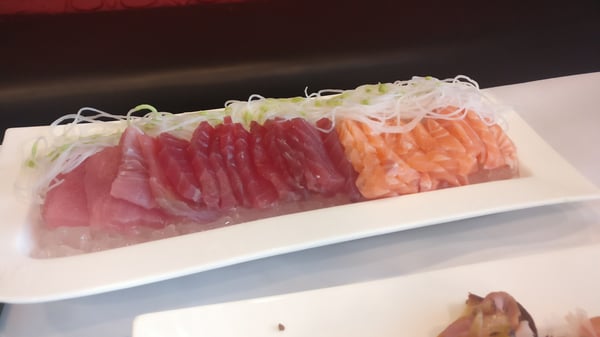 To make sushi rice, wash the rice several times until the water runs clear. Then, cook it according to the package instructions or using a rice cooker. Transfer the cooked rice to a wooden bowl and sprinkle it with a mixture of rice vinegar, sugar, and salt. Gently fold the rice with a wooden spatula or a rice paddle until it is well coated with the vinegar mixture. Be careful not to mash or break the rice grains. Let the rice cool slightly before using it for sushi.
To make sushi rice, wash the rice several times until the water runs clear. Then, cook it according to the package instructions or using a rice cooker. Transfer the cooked rice to a wooden bowl and sprinkle it with a mixture of rice vinegar, sugar, and salt. Gently fold the rice with a wooden spatula or a rice paddle until it is well coated with the vinegar mixture. Be careful not to mash or break the rice grains. Let the rice cool slightly before using it for sushi.
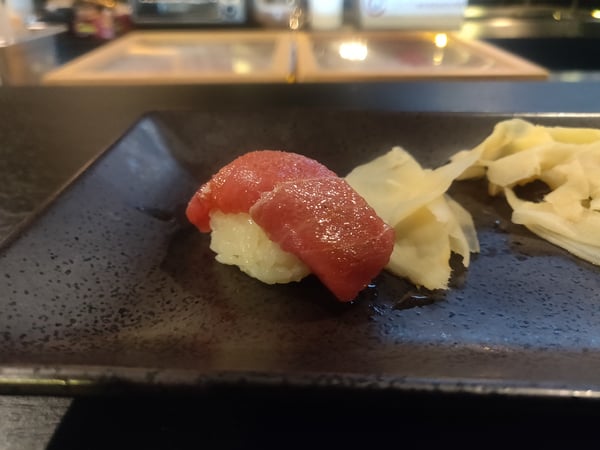 To make nigiri sushi, slice the fish into thin pieces that are about 2 inches long and 1 inch wide. You can use any kind of fish or seafood that you like, but make sure it is fresh and high-quality. Some popular choices are tuna, salmon, eel, shrimp, scallop, squid, octopus, crab, roe, or sea urchin. To shape the rice for nigiri sushi, wet your hands and take a small amount of rice (about 1 tablespoon) and form it into an oval shape. Press it lightly between your palms and fingers until it is compact and smooth. Place a slice of fish on top of the rice and press it gently with your index finger. You can also add a dab of wasabi between the rice and the fish if you like it spicy.
To make nigiri sushi, slice the fish into thin pieces that are about 2 inches long and 1 inch wide. You can use any kind of fish or seafood that you like, but make sure it is fresh and high-quality. Some popular choices are tuna, salmon, eel, shrimp, scallop, squid, octopus, crab, roe, or sea urchin. To shape the rice for nigiri sushi, wet your hands and take a small amount of rice (about 1 tablespoon) and form it into an oval shape. Press it lightly between your palms and fingers until it is compact and smooth. Place a slice of fish on top of the rice and press it gently with your index finger. You can also add a dab of wasabi between the rice and the fish if you like it spicy.
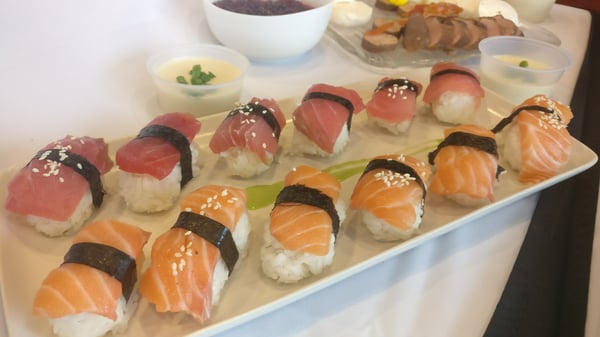 To make maki sushi, place a sheet of nori on a bamboo mat and spread some rice evenly over it, leaving a 1-inch border at the top edge. You can also flip the nori over so that the rice is on the bottom if you prefer. Then, arrange some fillings of your choice along the center of the rice. You can use any combination of fish, seafood, vegetables, cheese, eggs, or even fruits. Some popular fillings are cucumber, avocado, cream cheese, carrot, omelet, mango, or strawberry. To roll the sushi, lift the edge of the bamboo mat closest to you and fold it over the fillings. Tuck in the edge of the nori under the fillings and press firmly with your fingers. Continue rolling until you reach the end of the nori sheet. Cut off any excess nori if needed. Then cut the roll into six or eight pieces using a sharp knife.
To make maki sushi, place a sheet of nori on a bamboo mat and spread some rice evenly over it, leaving a 1-inch border at the top edge. You can also flip the nori over so that the rice is on the bottom if you prefer. Then, arrange some fillings of your choice along the center of the rice. You can use any combination of fish, seafood, vegetables, cheese, eggs, or even fruits. Some popular fillings are cucumber, avocado, cream cheese, carrot, omelet, mango, or strawberry. To roll the sushi, lift the edge of the bamboo mat closest to you and fold it over the fillings. Tuck in the edge of the nori under the fillings and press firmly with your fingers. Continue rolling until you reach the end of the nori sheet. Cut off any excess nori if needed. Then cut the roll into six or eight pieces using a sharp knife.
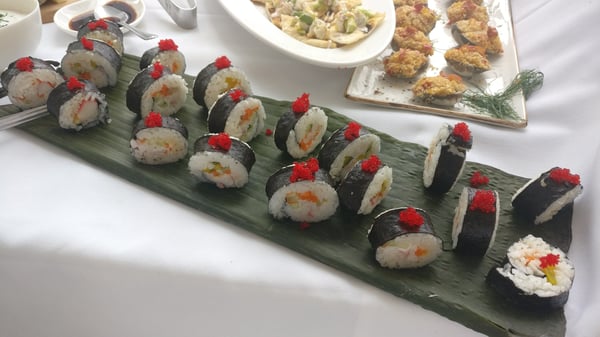 To make sashimi sushi, cut the fish into thin slices that are about 1/8-inch thick and 2 inches long. You can use any kind of fish that is suitable for sushi, such as tuna, salmon, hamachi, or snapper. Sashimi is usually served on a platter with some garnishes, such as shredded daikon radish, shiso leaves, or seaweed salad. Sashimi is also eaten with soy sauce, wasabi, and ginger, just like sushi.
To make sashimi sushi, cut the fish into thin slices that are about 1/8-inch thick and 2 inches long. You can use any kind of fish that is suitable for sushi, such as tuna, salmon, hamachi, or snapper. Sashimi is usually served on a platter with some garnishes, such as shredded daikon radish, shiso leaves, or seaweed salad. Sashimi is also eaten with soy sauce, wasabi, and ginger, just like sushi.
Sashimi is one of the simplest and most elegant ways to enjoy raw fish. It showcases the natural flavor and texture of the fish without any distractions. I remember the first time I had sashimi at a Japanese restaurant in California. I was amazed by how fresh and tender the fish was, and how each slice melted in my mouth. It was like tasting the essence of the sea.
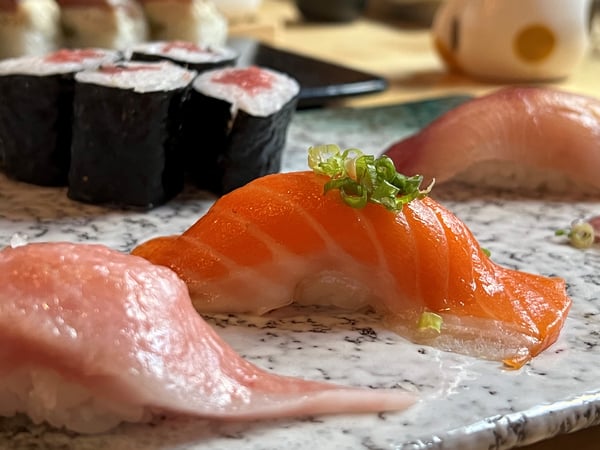
Ceviche
Ceviche is a dish that consists of raw fish marinated in citrus juice, usually lime or lemon, and seasoned with salt, chili peppers, onions, cilantro, and other herbs. The acid from the citrus juice “cooks” the fish by denaturing its proteins, making it tender and flavorful. Ceviche is popular in many Latin American countries, especially Peru, where it is considered a national dish. Ceviche can be made with any kind of fresh fish or seafood, such as sea bass, halibut, shrimp, scallops, or squid. Ceviche is often served with corn, sweet potato, avocado, or plantain chips.
Ceviche is a refreshing and zesty dish that is perfect for hot summer days. It is also very easy to make at home and if you would like to learn more about making it, go check out the blog post I wrote about ceviche called Cold Cooking Gives Us Ceviche which uses a lesser-known park of the fish, halibut cheeks.
I learned how to make ceviche from one of my childhood neighbors, who was born in Peru and visited often since coming to the U.S. She taught me her secret recipe that she inherited from her mother. She used to make ceviche for special occasions or family gatherings. She always used fresh sea bass that she bought from the local fish market. She also added some garlic, ginger, and orange juice to her ceviche for extra flavor and sweetness. She served it with boiled corn on the cob and roasted sweet potatoes. It was always a hit with everyone.
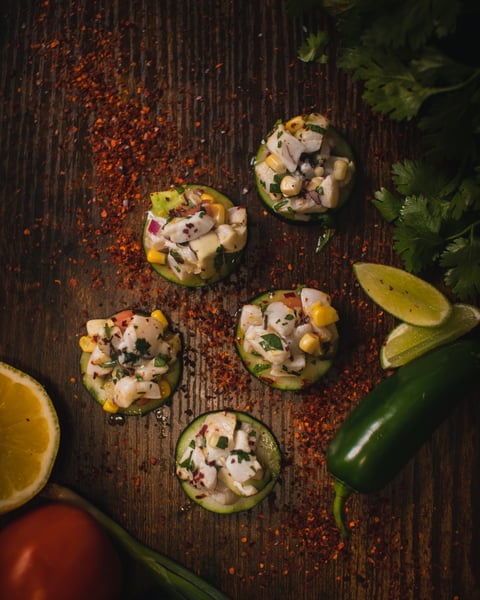
Crudo
Crudo is an Italian term that means “raw”. It refers to a dish that features thinly sliced raw fish drizzled with olive oil and seasoned with salt, pepper, lemon juice, and sometimes herbs or spices. Crudo is similar to sashimi, but with a more Mediterranean flair. Crudo can be made with any kind of high-quality fish that has a mild flavor and a firm texture, such as tuna, salmon, sea bream, or snapper. Crudo is usually served as an appetizer or a light main course.
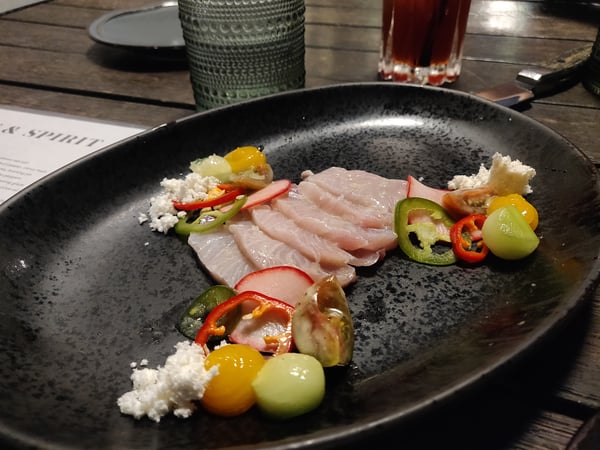 Crudo is a simple and elegant dish that lets the quality of the fish shine through. It is also very versatile and adaptable to your personal taste. You can use any kind of oil or vinegar you like, such as extra virgin olive oil, sesame oil, balsamic vinegar, or apple cider vinegar. You can also add some herbs or spices to enhance the flavor of the fish, such as basil, mint, parsley, dill, rosemary, thyme, oregano, fennel seeds, cumin seeds, coriander seeds, or red pepper flakes.
Crudo is a simple and elegant dish that lets the quality of the fish shine through. It is also very versatile and adaptable to your personal taste. You can use any kind of oil or vinegar you like, such as extra virgin olive oil, sesame oil, balsamic vinegar, or apple cider vinegar. You can also add some herbs or spices to enhance the flavor of the fish, such as basil, mint, parsley, dill, rosemary, thyme, oregano, fennel seeds, cumin seeds, coriander seeds, or red pepper flakes.
To make crudo, slice the fish into thin pieces that are about 1/8-inch thick and 2 inches long. You can use a sharp knife or a mandoline to do this. Arrange the fish slices on a large platter and drizzle them with some oil and vinegar of your choice. Sprinkle some salt, pepper, lemon juice, and any herbs or spices you like over the fish. Serve immediately or refrigerate for up to an hour before serving.
I discovered crudo when I visited Chicago for a culinary tour. I was impressed by how simple and delicious it was. I tried different kinds of crudo at different restaurants, each with their own twist and flavor. My favorite was a tuna crudo with olive oil, balsamic vinegar, basil, and capers. It was so fresh and tangy, and it paired well with a glass of white wine.
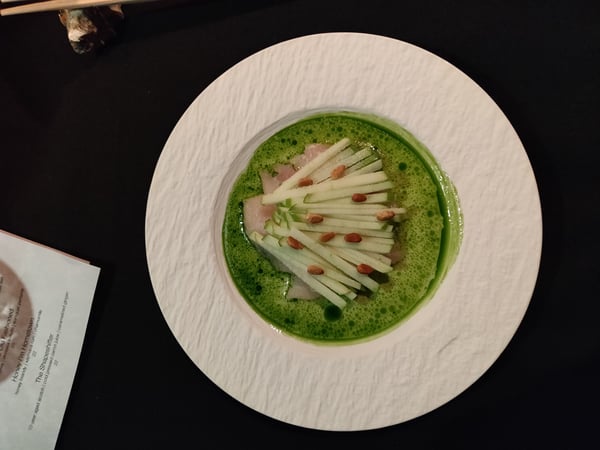
Still Not Cooked Enough?
As you can see, raw fish is not only a delicacy but also a cultural expression that showcases the diversity and creativity of Asian cuisines. Raw fish dishes are easy to prepare at home if you follow some simple guidelines and use fresh and high-quality ingredients. I hope this blog post has inspired you to explore some of the amazing raw fish dishes from around the world and to discover new flavors and sensations. If you do try any of these dishes or have any questions or comments, please feel free to leave them below. We would love to hear from you!
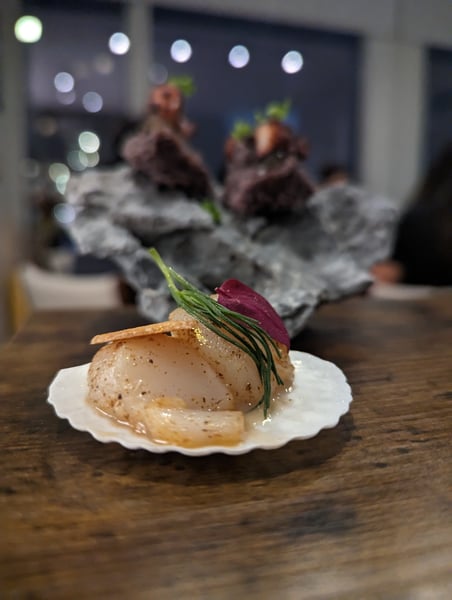 Additionally, if you want to learn how to make some amazing sushi featuring raw fish, check out our Hands-On Sushi Workshop on Thursday, July 27 at 6pm at Lincoln Square or any of our other great seafood classes offered.
Additionally, if you want to learn how to make some amazing sushi featuring raw fish, check out our Hands-On Sushi Workshop on Thursday, July 27 at 6pm at Lincoln Square or any of our other great seafood classes offered.



